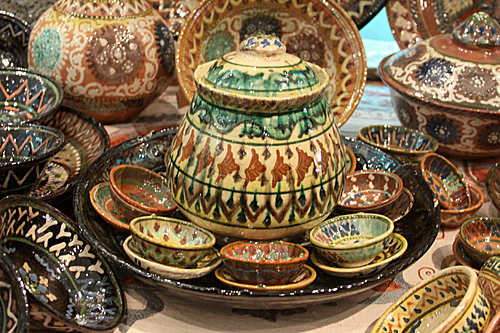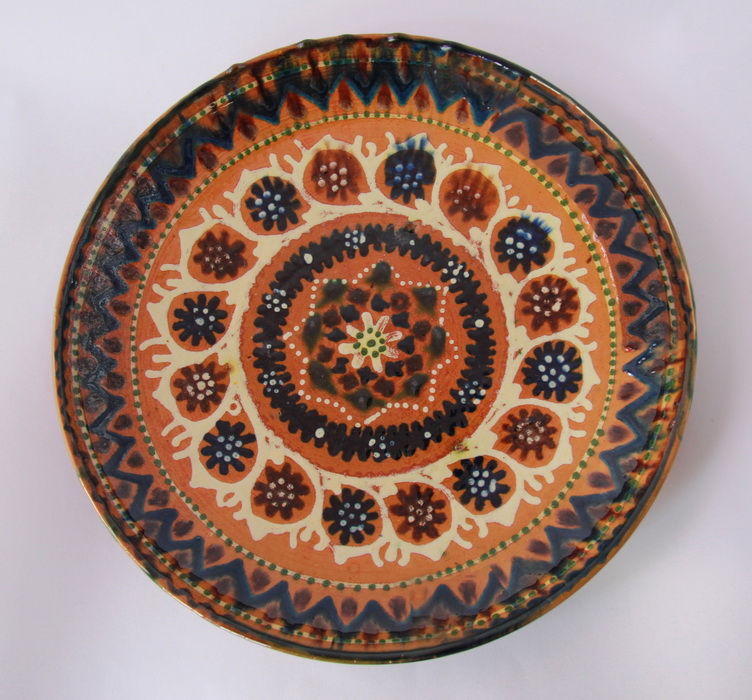 Uzbek ceramics is very rich and diverse. It varies greatly depending on the region where it’s producing. Each region has its own school and traditions. The most interesting ceramics is produced in Gijduvan, a district center near Bukhara. It was the ceramics center for many years. Masters from other cities usually come here to study and to know secrets.
Uzbek ceramics is very rich and diverse. It varies greatly depending on the region where it’s producing. Each region has its own school and traditions. The most interesting ceramics is produced in Gijduvan, a district center near Bukhara. It was the ceramics center for many years. Masters from other cities usually come here to study and to know secrets.
For making ceramics Gijduvan masters use exclusively white clay, which is imported from Gozlika (a place near Bukhara). They also add to clay a reed fluff to protect the product from cracking. During firing the fluff completely burn out, forming a cavity. These cavities are required to prevent products cracking at high heat. Gijduvan pottery is recognizable by its greenish-brown color, as well as by figurative painting and abr stains that resembling patterns Uzbek fabrics.
 There are more than 300 stable patterns used for decoration. Masters combine standard patterns and get unique ornaments. The composition of lyagan consists of a central part and beautiful ornamental strokes. Edges at first are decorated by narrow border and then by wider border with special patterns.
There are more than 300 stable patterns used for decoration. Masters combine standard patterns and get unique ornaments. The composition of lyagan consists of a central part and beautiful ornamental strokes. Edges at first are decorated by narrow border and then by wider border with special patterns.
There’s a leading element of décor in the center of the lyagan. It can be a large flower or even a bird. All remaining space is filled with interesting and complex plant motifs. Sometimes masters used geometric motifs, but it was very rare. Nonetheless these products didn’t look less attractive than others.
Masters liked to place image of birds in the center of product. Most often it was a simplified drawing of a peacock or the peacock's tail, but it was widely used such motifs like "white bird", "white swan" and "owl". It’s interesting that the bird is often looked like a flower, what is one of the main characteristic features of Gijduvan drawing.